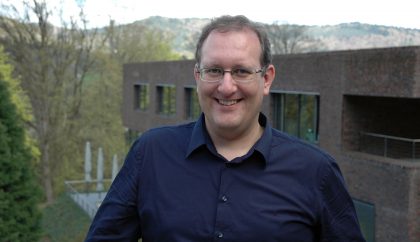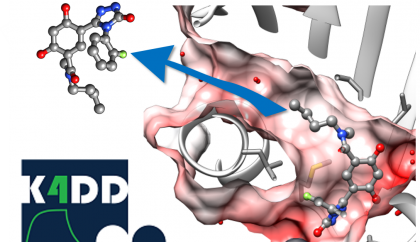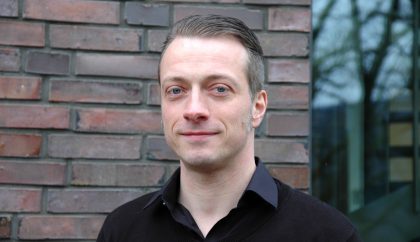
Andreas Reuter says “Goodbye” – Change in the HITS Management
Prof. Andreas Reuter has retired as managing director of the Heidelberg Institute for Theoretical Studies (HITS). He will focus on the …

Prof. Dr.-Ing. Dr. h.c. Andreas Reuter
On April 15, 2016, Andreas Reuter stepped down as managing director of HITS. 18 years before, the computer scientist had given up his post …

Cosmic Rays: The Key to Galaxy Formation?
HITS Astrophysicist Christoph Pfrommer starts with new Junior Research group “High Energy Astrophysics and Cosmology” – funded by a €2 million ERC Consolidator …

Quotenjournalismus – Wie Redaktionen mit den Daten über ihr Publikum umgehen sollten
This content is only available in German. Der Wissenschaftsjournalist Alexander Mäder über die digitalen Möglichkeiten für den Online-Journalismus – ö…

33 million core hours for collaborative project
The Partnership for Advanced Computing in Europe (PRACE) has granted 33 million core hours at the Cineca High Performance Computing Center in …

First place at NAACL 2016 Shared Task
Madeline Remse, Master student in the HITS NLP group, finished first place in the Automated Evaluation of Scientific Writing Shared Task …

NAACL-HLT 2016
Two papers got accepted at NAACL-HLT 2016: Nafise Moosavi and Michael Strube: Search Space Pruning: A Simple Solution for Better Coreference Resolvers (…

No. 22 | 03-2016
A new publication on binary star systems, the introduction of Gesa Schönberger as the new HITS Managing Director, and a …

“Journalist in Residence”: Michael Stang at HITS
The German science journalist Michael Stang has begun his stay at the Heidelberg Institute for Theoretical Studies (HITS) as “Journalist in …

Michael Stang – Journalist in Residence 2016
German science journalist Michael Stang was the fifth “Journalist in Residence” at the Heidelberg Institute for Theoretical Studies (HITS). For the …